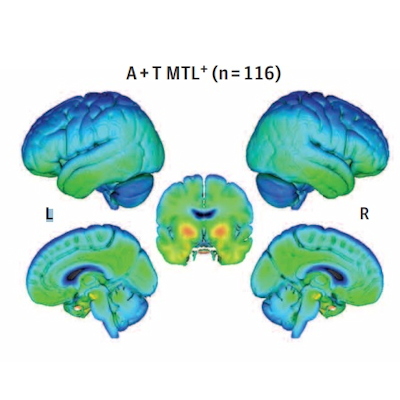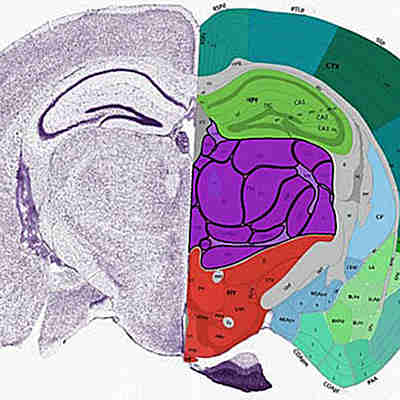August 1, 2022 -- A National Institute of Aging-backed project has released large-scale cellular and molecular information taken from more than 1.2 million neurons and other brain cells.
The Seattle Alzheimer's Disease Brain Cell Atlas consortium, or SEA-AD, used single-cell RNA sequencing and other techniques to analyze cells from 84 brains donated to science. SEA-AD initially focused on a part of the brain that is affected midway through the course of Alzheimer's disease progression.
In cells from patients with Alzheimer's, the researchers found neurons that make long-range connections across the cortex are vulnerable to the disease. Loss of the cells aligns with Alzheimer's symptoms such as the loss of memory, language, and learning.
"Now that we see these specific neuron populations falling out, the big question is why?" Kyle Travaglini, PhD, a scientist at the Allen Institute in the SEA-AD group, said in a statement. "The vision is to identify a vulnerable population and create a therapy to protect it and prevent it from dying. In order to get there, we need to understand why these neurons are dying in the first place."
To answer the question of why specific neuron populations fall out, the researchers will look at differences in how genes are switched on and off in people with Alzheimer's. The researchers also plan to extend their survey of the brain to other regions to shed insights into what happens in earlier and later stages of the disease. Ultimately, the team hopes to identify early, causal events that happen when Alzheimer's can still be reversed.
SEA-AD has made its data and resources available publicly. The materials include: a transcriptomics viewer for comparing changes in gene activity in single cells between the brains of healthy donors and Alzheimer's patients; a transcriptomic explorer to show the relationships between cells in the studied part of the brain; a neuropathology image viewer with data on the 84 brains; and more.
The project built on earlier work by the Allen Institute and the public-private Brain Research Through Advancing Innovative Neurotechnologies (BRAIN) Initiative Cell Census Network to create a cell type reference map based on samples from younger, healthier donors. Through the BRAIN Initiative, researchers used genes switched on in individual brain cells to categorize them into discrete types and thereby better understand the cellular building blocks of healthy brains.
Travaglini will present findings from the data release on Tuesday, August 2, at the Alzheimer's Association International Conference in San Diego. SEA-AD provided an update on the project ahead of Travaglini's presentation.
Copyright © 2022 scienceboard.net









